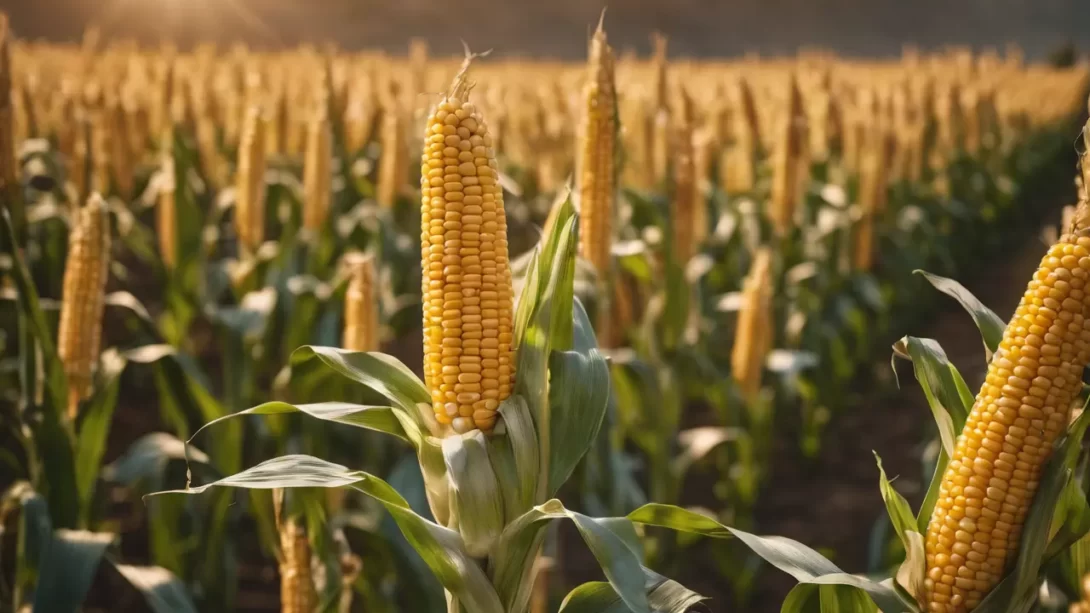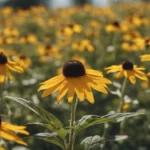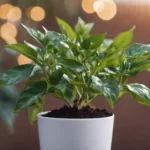Corn, a widely cultivated and consumed crop, holds significant value in both culinary and agricultural sectors. Understanding the value and yield of a single ear of corn is essential for consumers, farmers, and culinary professionals alike. This article explores various aspects of an ear of corn, from its physical structure and nutritional content to its economic and environmental impact, providing a comprehensive view of its importance.
Anatomy of an Ear of Corn
An ear of corn is a complex structure comprising several components:
- Components of an Ear of Corn: The ear consists of kernels, the cob, husk, and silk. Each part plays a vital role; the kernels are the edible portion, the cob serves as the backbone, the husk protects the ear, and the silk aids in pollination.
- Average Size and Weight: A typical ear of corn measures about 6 to 8 inches in length and weighs around ½ to ¾ pounds. These dimensions can vary based on factors like corn variety, growing conditions, and cultivation practices.
Nutritional Value of One Ear of Corn
Corn is not only a staple food but also a nutritious one:
- Caloric Content: An average ear of corn contains about 100 calories, making it a moderate energy source.
- Nutrient Breakdown: Corn is rich in carbohydrates, fiber, vitamins (notably B vitamins), and minerals such as magnesium and potassium. Its nutrient composition makes it beneficial for energy, digestion, and overall health.
Economic Value of an Ear of Corn
The price of an ear of corn can vary significantly based on several factors:
- Market Price Factors: Elements like seasonality, demand, and regional agricultural conditions play a crucial role in determining the cost of corn. For example, prices may be lower during the harvest season due to higher availability.
- Comparing Retail and Wholesale Prices: There is often a notable difference between retail and wholesale prices of corn. Retail prices are usually higher due to added costs like transportation and storage. The price also depends on whether the corn is sold fresh, frozen, or canned.
Culinary Uses of a Single Ear of Corn
An ear of corn is versatile in the kitchen and can be used in various dishes:
- Common Recipes and Servings: A single ear of corn can be the star in recipes such as grilled corn on the cob, corn salad, or can be added to soups and stews. One ear typically serves one person.
- Preservation and Storage: Fresh corn should be stored in the refrigerator with its husk on to retain freshness. For longer preservation, corn can be blanched and frozen, canned, or dried, allowing for a variety of uses beyond the fresh season.
Environmental Impact of Corn Production
The production of corn, including that of a single ear, has environmental implications:
- Water and Land Usage: Corn is a resource-intensive crop, requiring significant amounts of water and land. The exact resource usage for one ear of corn depends on the cultivation methods and regional conditions.
- Carbon Footprint: The carbon footprint of corn production includes factors like the use of fertilizers, machinery for planting and harvesting, and transportation of the harvested corn. These elements contribute to greenhouse gas emissions, impacting climate change.
Conclusion
A single ear of corn represents a combination of nutritional benefits, economic value, and culinary versatility, as well as an environmental footprint. Understanding these aspects helps in appreciating the effort that goes into corn production and encourages more informed and sustainable consumption. As consumers and producers, recognizing the multifaceted value of corn can lead to better choices in both agricultural practices and dietary habits.




